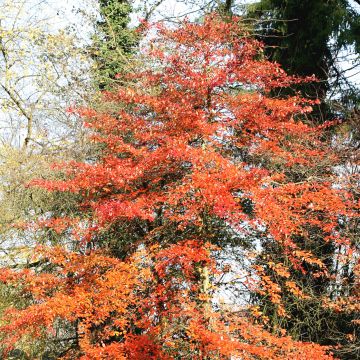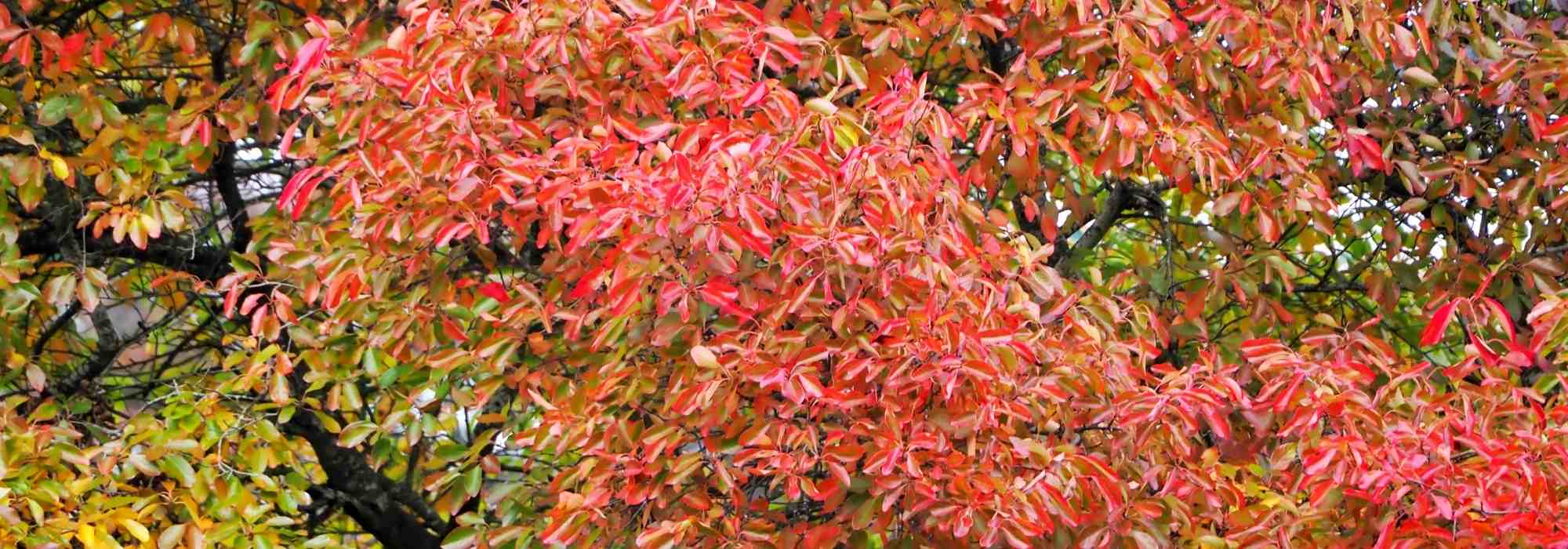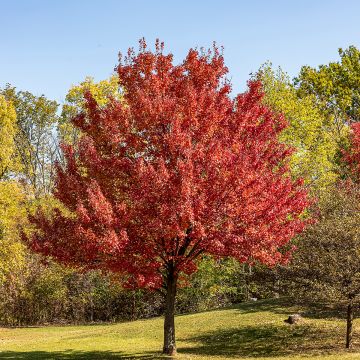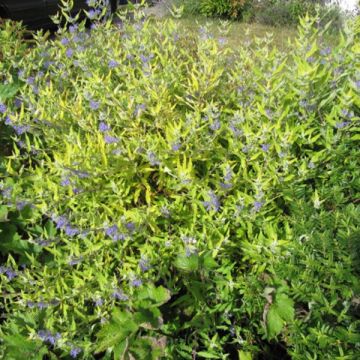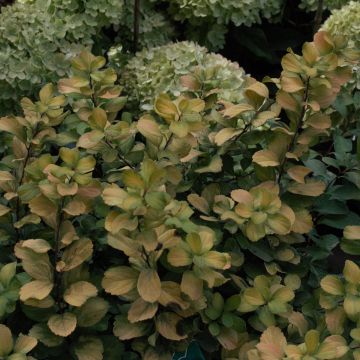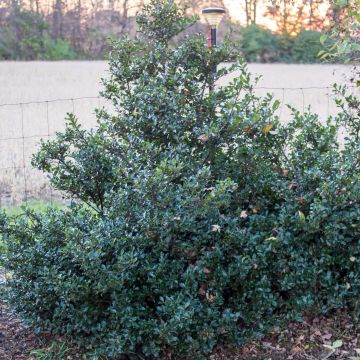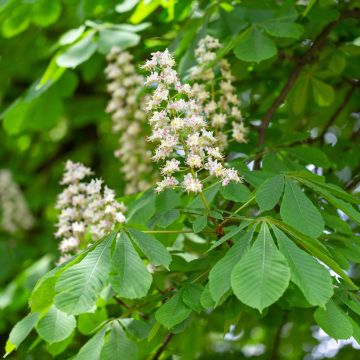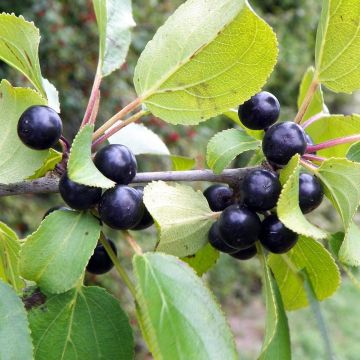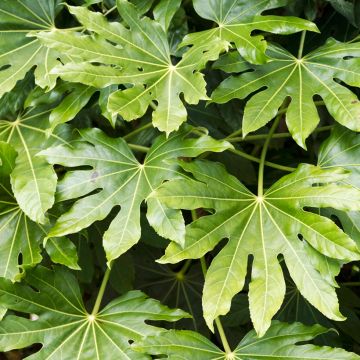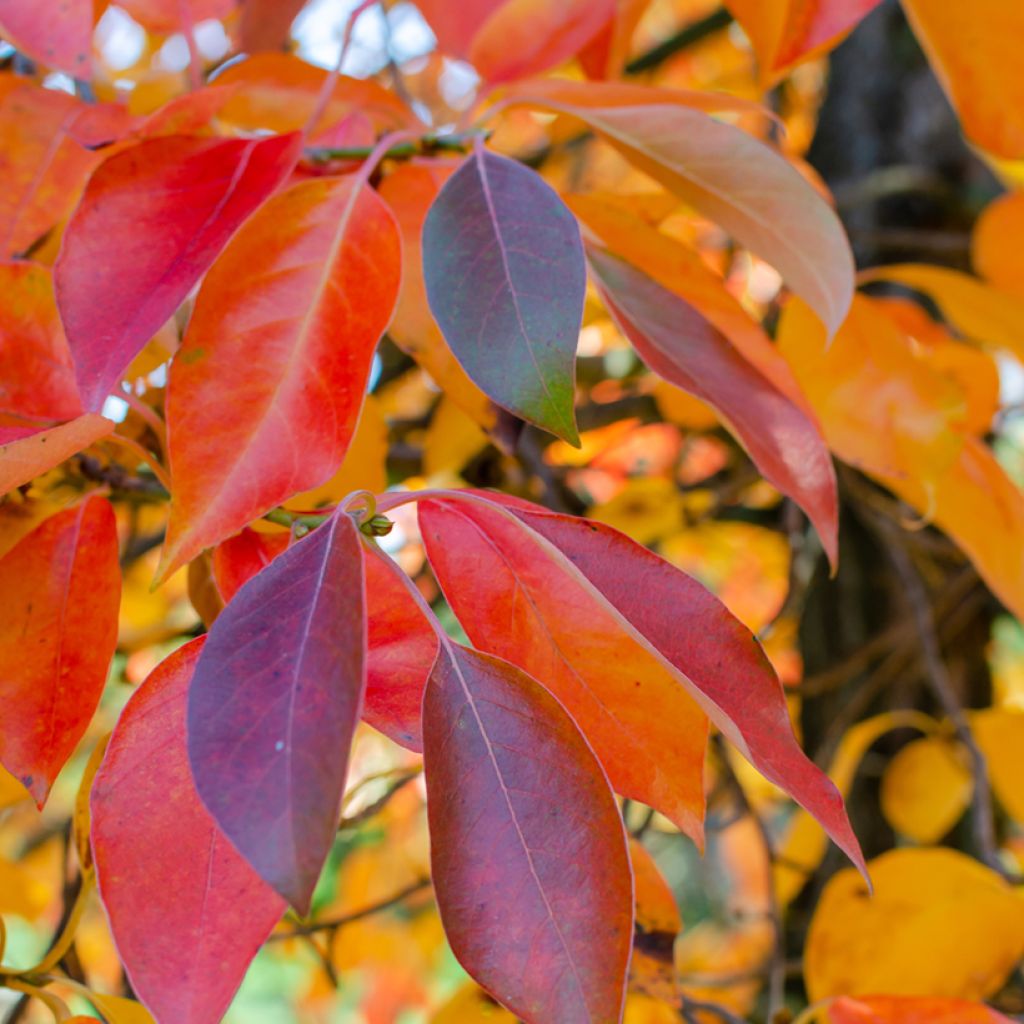

Nyssa sylvatica Red Rage - Gommier noir
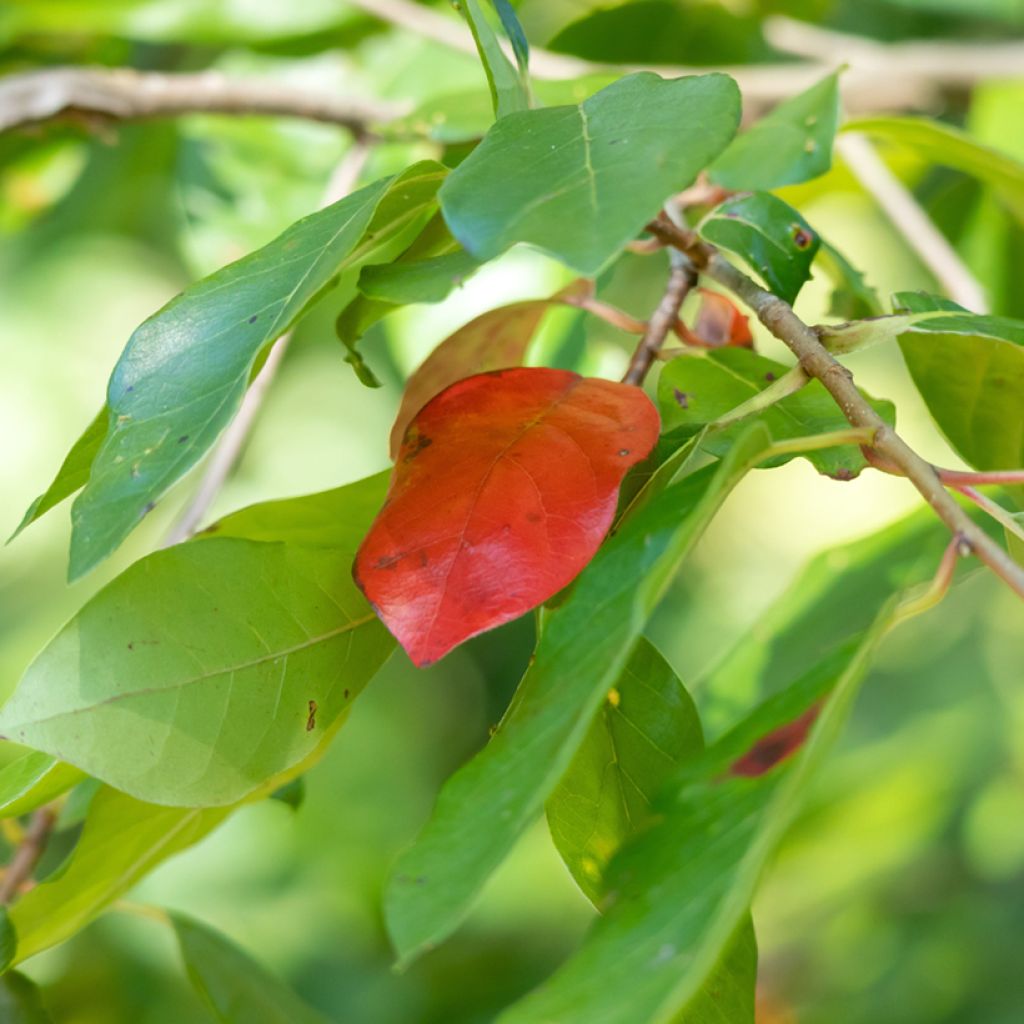

Nyssa sylvatica Red Rage - Gommier noir
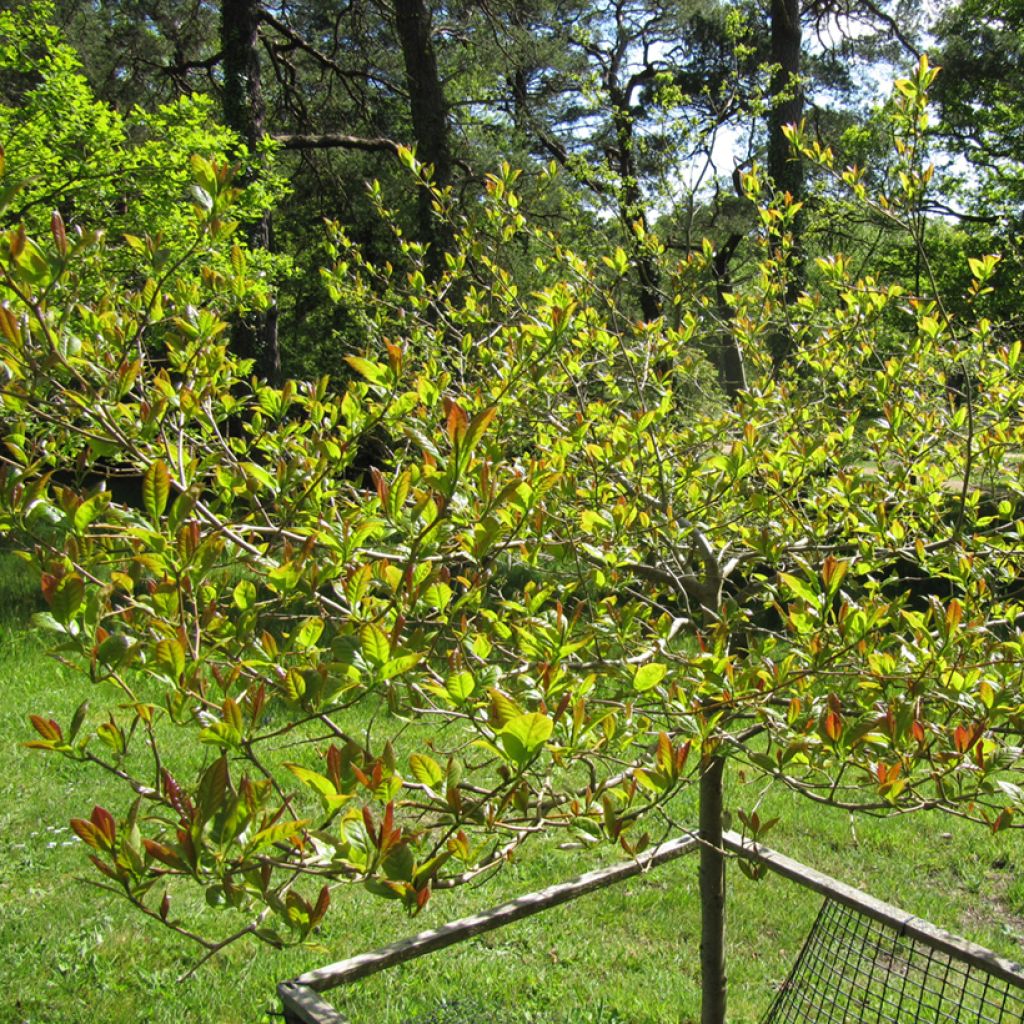

Nyssa sylvatica Red Rage - Gommier noir
Nyssa sylvatica Red Rage - Tupelo
Nyssa sylvatica Red Rage ('Haymanred')
Tupelo
Special offer!
Receive a €20 voucher for any order over €90 (excluding delivery costs, credit notes, and plastic-free options)!
1- Add your favorite plants to your cart.
2- Once you have reached €90, confirm your order (you can even choose the delivery date!).
3- As soon as your order is shipped, you will receive an email containing your voucher code, valid for 3 months (90 days).
Your voucher is unique and can only be used once, for any order with a minimum value of €20, excluding delivery costs.
Can be combined with other current offers, non-divisible and non-refundable.
Why not try an alternative variety in stock?
View all →This plant carries a 24 months recovery warranty
More information
We guarantee the quality of our plants for a full growing cycle, and will replace at our expense any plant that fails to recover under normal climatic and planting conditions.
Would this plant suit my garden?
Set up your Plantfit profile →
Description
Nyssa sylvatica, also known as Black Gum or Tupelo, is a deciduous tree native to the United States, whose foliage is adorned with sumptuous autumnal colors. 'Red Rage' is a top American selection, offering a highly graphic pyramidal habit and dimensions suitable for most gardens, as it does not exceed 10m (33ft) in height and 6m (20ft) in width. 'Red Rage' turns bright red in autumn and its spring foliage is shiny green, more decorative than that of the species. Very hardy, it grows in neutral to acidic, moist to wet soil, in full sun or partial shade.
Nyssa sylvatica belongs to the rather confidential family of Nyssaceae, which counts only 5 genera, the most well-known being the Davidia, or Handkerchief Tree, so named because its flowers form large, highly decorative white bracts. Close to the Cornaceae (the Dogwood family), this tree is native to the eastern United States and is still relatively uncommon in our latitudes. While Tupelo can reach 35m (115ft) in height in its native country, here it rarely exceeds 20m in height. Nevertheless, even though its growth is rather slow, its mature size makes it more suitable for parks than gardens. That is why enthusiasts will particularly appreciate this cultivar due to its smaller dimensions. 'Red Rage' (or 'Hayman's Red') indeed forms a highly graphic pyramidal tree, which will reach a maximum height of around 10m (33ft) and a width of about 6m (20ft) with age, allowing it to be planted in most gardens, even smaller ones. This American selection is credited to Mike Hayman, a nurseryman from southern Indiana who discovered it. This Tupelo (or Black Gum) has shiny green spring foliage, slightly smaller and more decorative than the species. Furthermore, its leaves resist leaf spot disease, while in autumn, they literally blaze bright red, creating an unforgettable spectacle. Nyssas are undoubtedly among the most beautiful autumnal colors, and 'Red Rage' is a perfect representative. In May-June, this medium-sized tree produces insignificant greenish-white flowers that do not produce fruit.
'Red Rage' can be planted in full sun or partial shade. However, it is not as accommodating when it comes to soil, as it is susceptible to chlorosis (yellowing of the leaves) in alkaline soil. It therefore requires neutral to acidic soil conditions, as well as a rich organic matter and a moist to very wet environment. However, good winter drainage must be ensured. This small tree is very hardy, at least down to -29°C, or even lower, which means it can be grown in all cold regions without any risk. It is known to be quite sensitive to urban pollution, and its root system does not tolerate paved ground cover well. It will therefore be more comfortable in a rural environment in a wild-type garden, or in a peri-urban residential area, where its graphic habit and colors will be particularly highlighted.
Nyssa sylvatica 'Red Rage' will be grown as a solitary ornamental tree on a lawn, or can also be integrated into a mixed border. The glowing redness of its autumn foliage naturally encourages planting trees or shrubs with yellow autumnal colors alongside it to create strong contrasts. The Ginkgo biloba 'Blagon' will be perfect in this role, with its fastigiate habit also very characteristic and well suited to contemporary gardens, while its golden yellow autumnal colors (which earned it the nickname "Forty-Ecus Tree") will strongly contrast with the red of 'Red Rage'. The foreground of your border will be enhanced by planting ferns such as the beautiful Matteuccia orientalis, or Oriental Ostrich Fern, whose name alone is already a poem! Its large, finely cut green fronds are enriched in late summer with a bouquet of sterile, feathery fronds, very graphic, which turn from olive green to bluish black, before turning dark brown due to spore ripening.
Nyssa sylvatica is dedicated to Nyssa, nymph of the waters, as it requires moist soil throughout the year to survive. Deer are extremely fond of leaves on seedlings and young plants, to the point where large populations of these deer can make it almost impossible for the tree to establish.
Nyssa sylvatica Red Rage - Tupelo in pictures


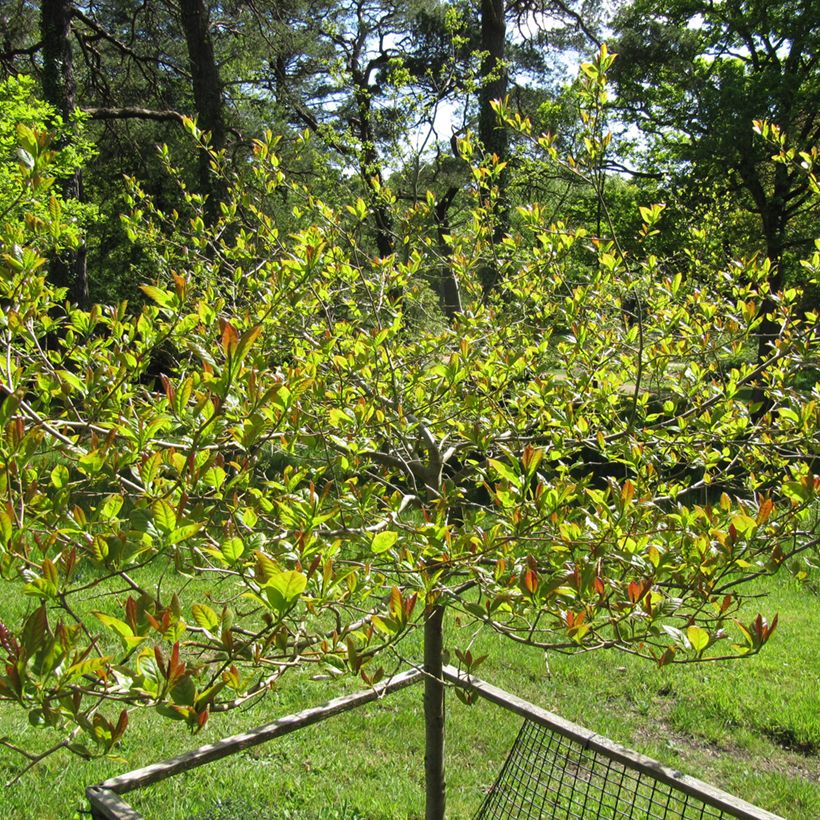

Plant habit
Flowering
Foliage
Botanical data
Nyssa
sylvatica
Red Rage ('Haymanred')
Nyssaceae
Tupelo
Cultivar or hybrid
Other Nyssa - Black Tupelo
View all →Planting and care
Planting period
Intended location
Care
Planting & care advice
This item has not been reviewed yet - be the first to leave a review about it.
Similar products
Haven't found what you were looking for?
Hardiness is the lowest winter temperature a plant can endure without suffering serious damage or even dying. However, hardiness is affected by location (a sheltered area, such as a patio), protection (winter cover) and soil type (hardiness is improved by well-drained soil).

Photo Sharing Terms & Conditions
In order to encourage gardeners to interact and share their experiences, Promesse de fleurs offers various media enabling content to be uploaded onto its Site - in particular via the ‘Photo sharing’ module.
The User agrees to refrain from:
- Posting any content that is illegal, prejudicial, insulting, racist, inciteful to hatred, revisionist, contrary to public decency, that infringes on privacy or on the privacy rights of third parties, in particular the publicity rights of persons and goods, intellectual property rights, or the right to privacy.
- Submitting content on behalf of a third party;
- Impersonate the identity of a third party and/or publish any personal information about a third party;
In general, the User undertakes to refrain from any unethical behaviour.
All Content (in particular text, comments, files, images, photos, videos, creative works, etc.), which may be subject to property or intellectual property rights, image or other private rights, shall remain the property of the User, subject to the limited rights granted by the terms of the licence granted by Promesse de fleurs as stated below. Users are at liberty to publish or not to publish such Content on the Site, notably via the ‘Photo Sharing’ facility, and accept that this Content shall be made public and freely accessible, notably on the Internet.
Users further acknowledge, undertake to have ,and guarantee that they hold all necessary rights and permissions to publish such material on the Site, in particular with regard to the legislation in force pertaining to any privacy, property, intellectual property, image, or contractual rights, or rights of any other nature. By publishing such Content on the Site, Users acknowledge accepting full liability as publishers of the Content within the meaning of the law, and grant Promesse de fleurs, free of charge, an inclusive, worldwide licence for the said Content for the entire duration of its publication, including all reproduction, representation, up/downloading, displaying, performing, transmission, and storage rights.
Users also grant permission for their name to be linked to the Content and accept that this link may not always be made available.
By engaging in posting material, Users consent to their Content becoming automatically accessible on the Internet, in particular on other sites and/or blogs and/or web pages of the Promesse de fleurs site, including in particular social pages and the Promesse de fleurs catalogue.
Users may secure the removal of entrusted content free of charge by issuing a simple request via our contact form.
The flowering period indicated on our website applies to countries and regions located in USDA zone 8 (France, the United Kingdom, Ireland, the Netherlands, etc.)
It will vary according to where you live:
- In zones 9 to 10 (Italy, Spain, Greece, etc.), flowering will occur about 2 to 4 weeks earlier.
- In zones 6 to 7 (Germany, Poland, Slovenia, and lower mountainous regions), flowering will be delayed by 2 to 3 weeks.
- In zone 5 (Central Europe, Scandinavia), blooming will be delayed by 3 to 5 weeks.
In temperate climates, pruning of spring-flowering shrubs (forsythia, spireas, etc.) should be done just after flowering.
Pruning of summer-flowering shrubs (Indian Lilac, Perovskia, etc.) can be done in winter or spring.
In cold regions as well as with frost-sensitive plants, avoid pruning too early when severe frosts may still occur.
The planting period indicated on our website applies to countries and regions located in USDA zone 8 (France, United Kingdom, Ireland, Netherlands).
It will vary according to where you live:
- In Mediterranean zones (Marseille, Madrid, Milan, etc.), autumn and winter are the best planting periods.
- In continental zones (Strasbourg, Munich, Vienna, etc.), delay planting by 2 to 3 weeks in spring and bring it forward by 2 to 4 weeks in autumn.
- In mountainous regions (the Alps, Pyrenees, Carpathians, etc.), it is best to plant in late spring (May-June) or late summer (August-September).
The harvesting period indicated on our website applies to countries and regions in USDA zone 8 (France, England, Ireland, the Netherlands).
In colder areas (Scandinavia, Poland, Austria...) fruit and vegetable harvests are likely to be delayed by 3-4 weeks.
In warmer areas (Italy, Spain, Greece, etc.), harvesting will probably take place earlier, depending on weather conditions.
The sowing periods indicated on our website apply to countries and regions within USDA Zone 8 (France, UK, Ireland, Netherlands).
In colder areas (Scandinavia, Poland, Austria...), delay any outdoor sowing by 3-4 weeks, or sow under glass.
In warmer climes (Italy, Spain, Greece, etc.), bring outdoor sowing forward by a few weeks.






























